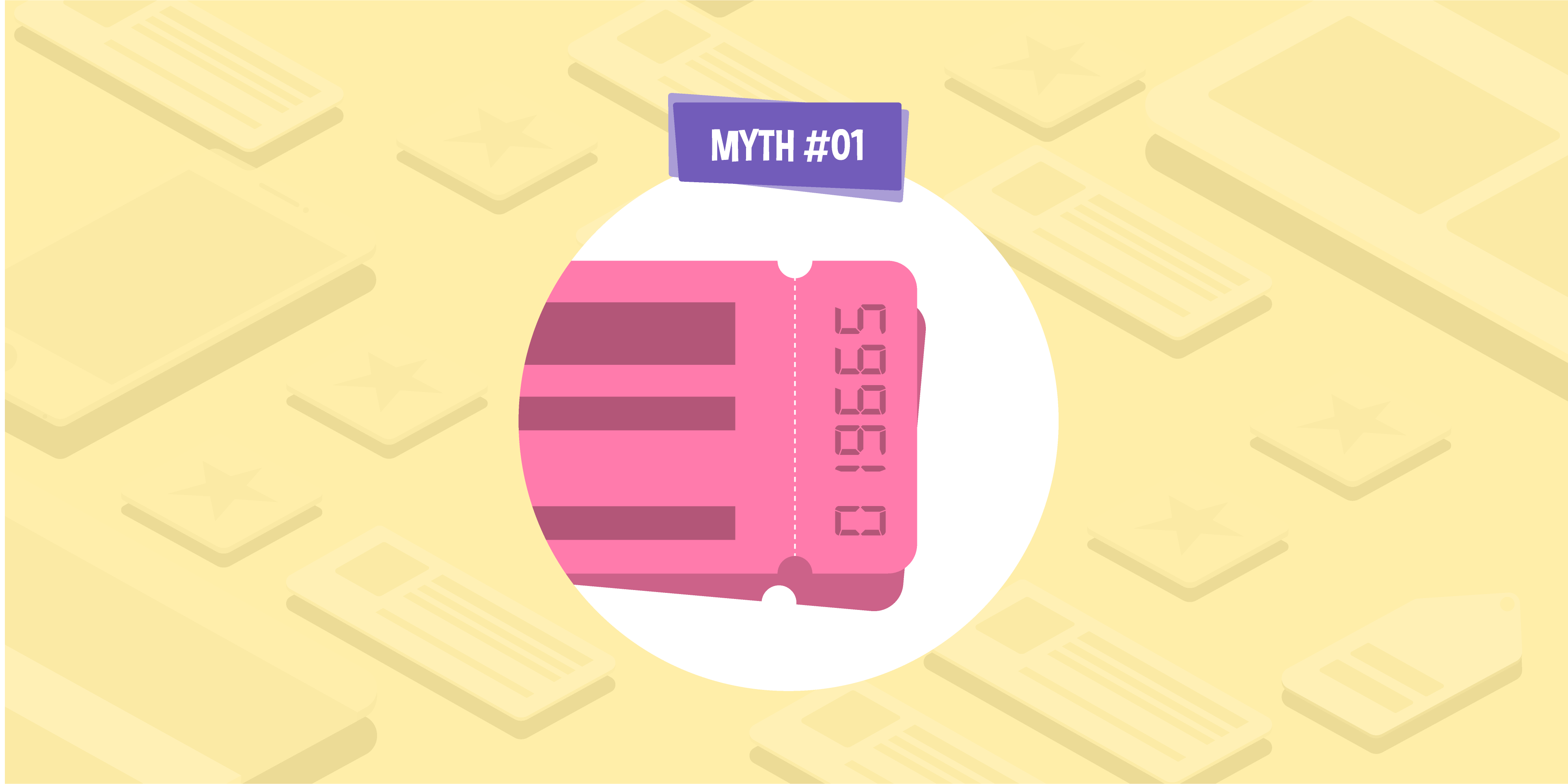
- 28 Jun 2021
- 4 Min read
The benefits and drawbacks of sub-affiliate networks
- by Joe Appleton
A sub-affiliate network is a company that provides services to brands and content creators that make it easier for them to monetise content. The sub-network signs up as an affiliate with a brand, and influencers, content creators, and voucher sites can then join the network to promote the brand and earn commissions, all without needing to sign up as an affiliate themselves. In a nutshell: a sub-network acts as a middleman, bringing together influencers, brands, and consumers to drive sales and revenue.
This type of service has really grown in popularity in recent years, and networks like Skimlinks, YIELDKIT, and rewardStyle will no doubt be familiar names to most people who work in any aspect of digital marketing today. But what exactly are the pros and cons? In this blog post, I’ll explore the benefits — and drawbacks — of partnering with sub-networks.
Aiding fast, efficient, and effective recruitment
As any affiliate manager worth their salt knows, good recruitment is vital to the success of affiliate campaigns. By recruiting lots of varied affiliates, you can ensure you’re covering all the touchpoints in the customer journey, which can maximise conversions. Whether it’s finding new customers with insightful content on a blog site, or converting a customer with a voucher code, all affiliate strategies require an element of recruitment. But, this process can be time-consuming and labour-intensive.
Sub-networks can make recruitment much easier and faster, because they give sub-publishers quick access to advertiser programmes and tracking services, all without the need to sign up to an affiliate network. As such, they can be a useful tool when it comes to securing quick wins.
It allows you to quickly scale up your campaign
Sub-networks can help brands scale up their affiliate campaigns more quickly by giving them access to a much wider pool of content partners. Brands can share discounts, vouchers, and offers with thousands of affiliates without having to communicate with them directly. This means there’s no need to spend time emailing and chasing your contacts, allowing you to scale up your campaign quickly and easily.
Increase opportunities across a broad range of sites
Using sub-networks can help brands secure top spots on the SERP that would otherwise be hard to secure. For example, if the user journey involves a customer searching on Google for a voucher to use towards their order, onboarding a sub-network will give you access to a lot of sites that will then use SEO to rank well for lucrative voucher keywords.
Sub-networks can also help increase the scope and reach of your campaign. By granting a voucher to push across lots of sites, you can greatly increase the chances of a customer finding it and the conversion being granted towards the affiliate channel.
Monetising content
Creating great content is integral to a good affiliate campaign. However, some influencers and bloggers don’t have the ability or resources to track on an affiliate network, which can be time-consuming and tedious. One recommendation we give them is to join a sub-network such as Skimlinks to track their contribution and receive a commission, allowing them to devote more time to creating the best content they can. This allows content to be monetised effectively, and ensures the content creator’s time and talents are used as efficiently as possible.
Drawbacks of sub-networks
While sub-networks can offer a number of benefits, they do come with a few caveats:
- They can hinder wider SEO efforts: Monetising content can sometimes counteract link-building campaigns, and close communication is needed between outreach and affiliate departments to ensure this doesn’t happen. At Glass Digital we are collaborative between our affiliate and SEO teams to make sure both campaigns are complementary.
- They can cause PPC outbidding issues: Low-quality, spammy sites may try and steal clicks and commission by bidding on “[brand] + voucher” related terms, misleading customers and pushing them to look at non-existent vouchers that offer no actual discount. This can damage the customer journey, and jeopardises conversions during the crucial final stages.
- There can be a lack of transparency around results: Sub-networks do not always give a clear indication of how a specific conversion was driven. You may see a list of conversions, but the source website is not indicated on the conversion details. This means you often have limited conversion data, which can be tricky when you want a clear idea of exactly which sites are driving those sales.
- There’s a lack of control on exclusive vouchers: Once you build good relationships with certain affiliates, you may grant them an exclusive voucher code to push. But when working with sub-networks, the code may become public on many sites, meaning it is no longer exclusive. This can be time-consuming to rectify.
Almost all of these drawbacks can be minimised or resolved by an experienced account manager, which is why it’s best to outsource the management of your affiliate campaigns to a qualified team.
Need help with your affiliate campaign? When you sign up for an affiliate marketing campaign with Glass Digital, you’ll gain access to a dedicated account manager who can manage sub-network activity for you. We can dictate new offers and manage the behaviour of sites that are under the sub-network umbrella, ensuring great results. Book a free, no-obligation consultation with one of our experts to learn more about how we can help your brand today.

